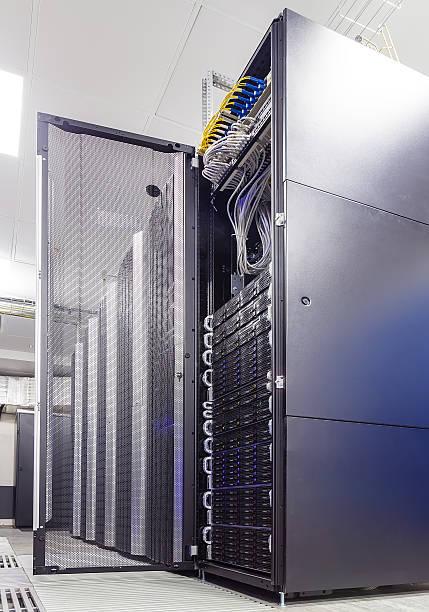水激石则鸣,人激志则宏。
官方微信

水激石则鸣,人激志则宏。
官方微信

· · ·
San Diego's recent downtime hit like a sudden storm, a real warning echoing through the lives of thousands in this vibrant US city, and it's a story that demands attention for its raw, unfiltered truth. Picture the chaos unfolding under the sun-kissed skies of Southern California, where power grids faltered and daily routines crumbled, leaving residents grappling with isolation and uncertainty. This isn't just another headline; it's a gripping tale of human resilience amid technological breakdown, drawing from firsthand accounts that reveal the emotional toll and broader implications. Through the lens of everyday people like Maria, a single mother navigating the darkness, we'll dive into the heart of the event, exploring its causes, the profound personal impacts, and why this San Diego US downtime serves as a stark reminder of our fragile modern world.

The event itself unfolded as a massive blackout swept across San Diego, plunging neighborhoods into eerie silence and forcing a city known for its beaches and innovation to confront vulnerability head-on. I remember reading about similar outages elsewhere, but this one felt personal, like a wake-up call that hits close to home. Maria, a dedicated nurse in her mid-30s, became one of the central figures in this ordeal. She described the initial moments as terrifying, with streetlights flickering out and her apartment building descending into pitch-black confusion. "It was like the world just stopped," she shared in an interview that chilled me to the core, highlighting how San Diego's US downtime stripped away the comforts we take for granted. The outage, triggered by a combination of aging infrastructure and an unexpected surge in demand during a heatwave, affected over a million people, disrupting everything from hospitals to homes. Water pumps failed, traffic signals went dark, and businesses shuttered, creating a ripple effect that exposed the city's overreliance on seamless connectivity.
What made this San Diego US downtime so compelling was the human element, the raw emotions bubbling up in the face of adversity. Maria's story, for instance, wasn't just about lost power; it was about the fear gnawing at her as she tried to comfort her young daughter in the sweltering heat. I can't help but feel a pang of empathy, knowing how such events shatter the illusion of control. She spoke of the panic setting in when her phone died, cutting off communication with family and work, and the frustration of waiting hours for updates that never came. Across the city, others echoed her sentiments—store owners counting losses as perishable goods spoiled, elderly residents struggling without medical devices, and young professionals suddenly thrust into a pre-digital era. This downtime wasn't merely an inconvenience; it was a profound emotional upheaval, fostering a sense of betrayal toward systems we assume are infallible. In my view, these personal narratives add a layer of authenticity that statistics alone can't capture, making the real story inside this warning all the more persuasive.

Delving deeper, the causes of the San Diego US downtime reveal a tangled web of neglect and modern pressures. From what experts pieced together, the blackout stemmed from overloaded transformers in an outdated grid, exacerbated by climate-driven extremes that I see as a growing threat everywhere. It's disheartening to think that a place as forward-thinking as San Diego could be so exposed, yet here we are, facing the consequences of deferred maintenance and rapid urbanization. Maria's neighborhood, for example, had long complained about flickering lights, but those warnings went unheeded until it was too late. The outage lasted nearly 48 hours in some areas, amplifying the chaos as supply chains faltered and emergency services strained under the load. I find it infuriating that such disruptions could be minimized with better foresight, like investing in resilient energy sources or smarter monitoring systems. This real story inside the warning isn't just about one event; it's a mirror to broader US vulnerabilities, where similar downtimes in other cities
